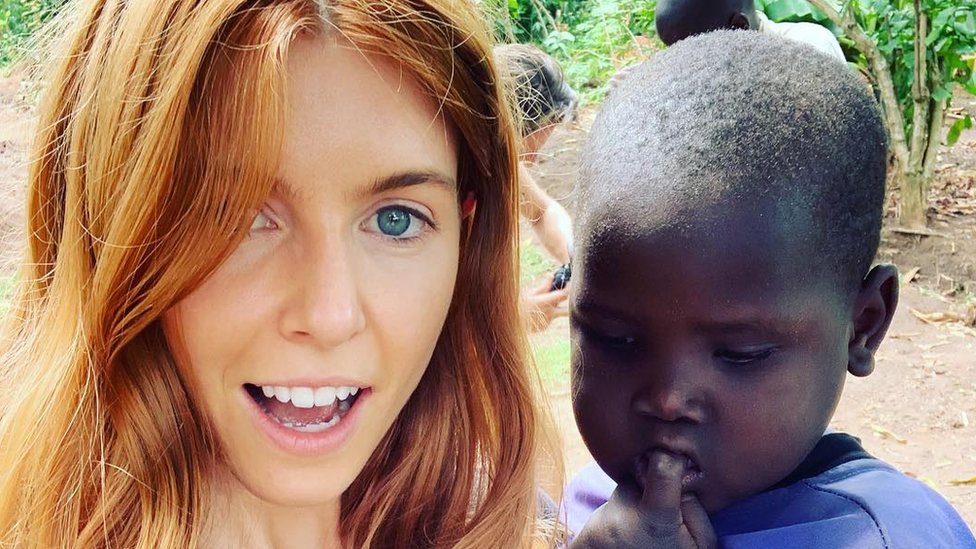Last week, Comic Relief announced that they will stop sending celebrities to Africa as a fundraising technique after finally agreeing that it reinforces entrenched and damaging stereotypes about ‘white saviours’. Whilst the move is certainly welcomed, the decision has taken several years of the charity coming under fire for exactly this, perhaps most notably with featuring Stacey Dooley at the centre of a film on Uganda.
And only a few weeks ago, a Canadian Médecins Sans Frontières’ (MSF) fundraising campaign demonstrated that while a picture may say a thousand words, a video has the power to tell a million more. Despite several warnings from staff, MSF Canada was widely criticized because it mismanaged a $400,000 campaign; the video was seen to be reinforcing old, archaic stereotypes of Africa, so-called ‘poverty porn’, and conforming to the traditional, colonialist white saviour complex.
The move by Comic Relief serves to highlight exactly why the broad spectrum of organisations working in global development, from charities, journalists, researchers and policy-makers alike, should be ensuring that when they tell the story of the Global South, it is with the people of the Global South at its centre.

| A history of white saviour complex
Comic Relief has been one of the charity sector’s worst offenders. From Stacey Dooley to Ed Sheeran, the charity has told the story of development through white celebrity ambassadors. The result serves to promote the celebrity and not the issue, prioritising their story and their work, rather than the local people the work seeks to benefit.
This imagery serves to create the ‘Other’, depicting and entrenching the stark contrasts of ‘us’ versus ‘them’. The process of ‘othering’, though often unintentional, deepens existing stereotypes and stigmas stemming from colonialism. In the end, it often transforms the rich, culturally diverse and beautiful continent of Africa into simply a dirty and diseased place in the mind of viewers.
These representations of Africa are siloed and appear to lack any real understanding of the issues at hand. They also reduce the agency of local people to mere props standing beside a (usually) white celebrity. It is a one-dimensional representation of local people, stripping them of their identity and reinforcing harmful racially-fuelled stereotypes. And as Chimamanda Ngozi Adichie said:
“The problem with stereotypes is not that they are untrue, but that they are incomplete. They make one story become the only story.”
But this is a story told time and time again. Whilst this kind of imagery has historically been quite successful at raising money and awareness for life-changing programmes (think Live Aid), it does little to educate and inform.
| So what can communicators learn from this?
Communicators must ensure campaigns focus on the people, not the poverty, and certainly not the plight. Communicators must strive to highlight uplifting stories that show how people, whether they’re in Scotland or South Sudan, share a universal and global experience. Being able to relate to another human being is essential as it allows for a mutual understanding that is based on equal footing.
Moving forward, let’s make sure we’re holding ourselves and our industry to account so that we highlight the lived experiences of others in a way that is respectful, enlightening and informing. To do otherwise risks diminishing and dehumanising billions of people, with the potential to profoundly affect the very lives and places being represented.















